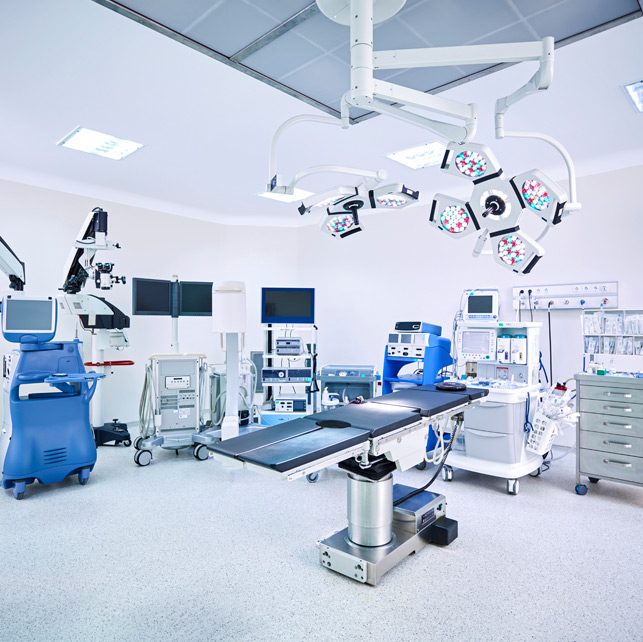
The stellate ganglion is not involved with feeling or movement, but may be sensitized by trauma, infection or other causes, leading to pain. A stellate ganglion block can be performed to either identify the cause of a patient’s pain or to relieve their pain.
Benefits of a Stellate Ganglion Block Procedure
Diagnose the cause of pain in the face, head, arms and chest
Manage pain in the head, neck, arm or chest that may be caused by nerve injuries, angina, or the effects of shingles
Reduce sweating in the face, head, hands and arms
Treat reflex sympathetic dystrophy, complex regional pain syndrome or sympathetic maintained pain
Phantom limb pain
Side Effects and Risks of a Stellate Ganglion Block

Patients may experience the following side effects after a stellate ganglion block procedure:
- Droopy eye
- Redness of the eye (or “bloodshot” eyes)
- Tearing
- Nasal stuffiness
- Hoarse voice
- Feeling a lump in the throat
- Difficult swallowing
- Warmth or tingling in the hand or arm
- Warmth in the face
These side effects are temporary and will last no more than a few hours.
More serious complications may include:
- Collapsed lung
- Difficulty breathing
- Infection
- Bleeding
- Seizures
What to Expect During an ESI
Patients experiencing nerve pain in the head, neck, upper chest or upper arm who have not responded to other treatment may qualify for a stellate ganglion block. Patients should speak to their physician to find out how a stellate ganglion block may help address their symptoms.

What to Expect During Treatment
Before the procedure can begin, the patient is sedated but will not feel numbness in the face. The patient’s neck is cleansed to help reduce the risk of infection. The physician will then use an x-ray to guide the insertion of the needle. The anesthetic and pain-relieving medication is injected near the stellate ganglion.
The entire procedure takes less than 30 minutes and patients are allowed to go home the same day. They will be monitored in the recovery room for a short period of time to ensure they are not experiencing any severe side effects.
After the Procedure
Patients are encouraged to keep a pain diary to track their body’s response to the procedure. Some patients may experience immediate pain relief, but the pain may return once the local aesthetic has worn off.
Patients should avoid driving or engaging in rigorous physical activity for 24 hours after the procedure. Once the patient’s voice returns to normal, they may begin to sip water through a straw and gradually try to eat solid food.
on caring for specific orthopedic needs.
